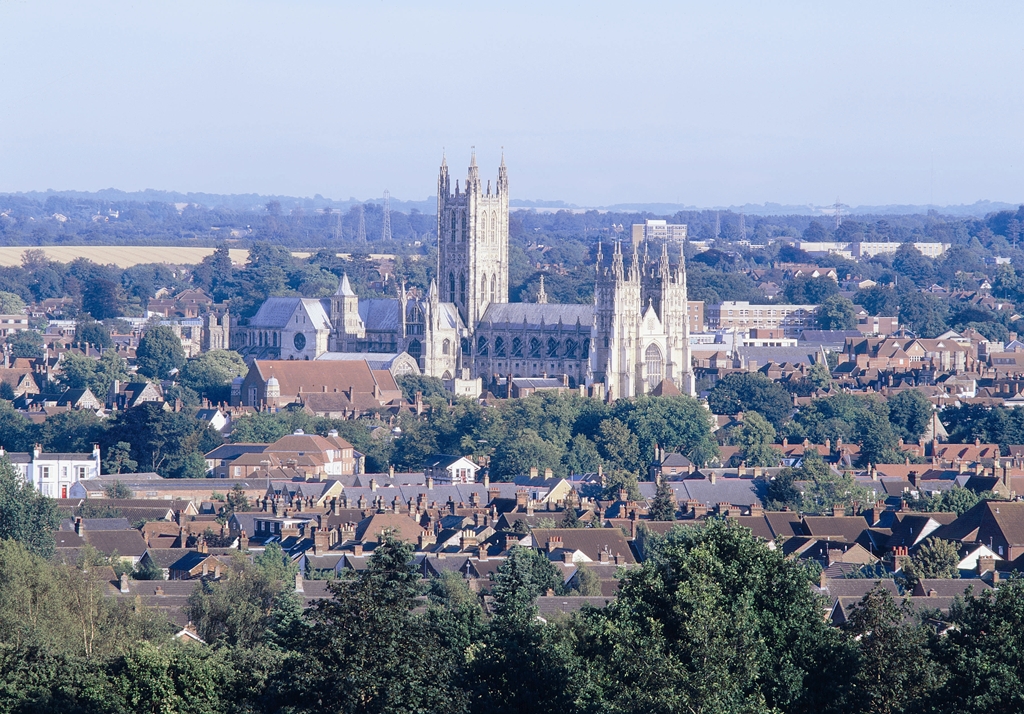Local Plan plea for more brownfield sites to come forward

Owners of brownfield sites in the district that could be developed are being urged to come forward.
The plea is the latest part in the process of pulling together a draft Local Plan, the document that allocates land in the district for new homes, jobs, new schools, a new hospital and community uses.
Leader of the Council, Cllr Alan Baldock, said: “When we took office in May 2023, we decided to take a fresh look at the draft Local Plan and we consulted on our proposals in the spring of this year.
“While our draft already prioritised development on brownfield sites, the results of the consultation made it clear people wanted us to strain every sinew to try and find more.
“So, to make sure we leave no stone unturned, and before any final decisions on sites are made, we are asking people to come forward with potential brownfield sites within the district that are suitable, and available, for development.
“We are also open to hearing about a range of other types of sites that might be suitable too.”
This part of the Local Plan process is officially known as a Call For Sites and will run from 9am on Monday 21 October until 5pm on Monday 16 December.
Officers are keen to hear about new sites for any type of future use that have not been submitted before, and are particularly interested in:
- brownfield land that could be suitable and available for development for any future use (capable of accommodating a minimum of five dwellings or 500sqm floorspace)
- small and medium-sized sites (capable of accommodating a minimum of five dwellings up to around 100 dwellings)
- land that could be suitable for employment and commercial development (above 0.25ha or 500sqm floorspace)
- land that could be suitable for Gypsy and Traveller accommodation
- land that could be suitable for renewable energy schemes
The Call For Sites process follows a decision at the end of September by Canterbury City Council’s Cabinet to extend the current Local Plan timetable by around six to seven months so council officers could consider government changes to national planning policy which are coming down the track.
The deadline for a final draft has now moved from the one imposed by the last government of June 2025 to spring 2026.
The council will use this time to:
- digest the feedback it received from the consultation and what it should do about it
- think carefully, in light of that feedback and numerous other technical considerations, about where in the district the bigger sites, known as strategic allocations, that are needed to deliver the government’s housing targets should go. It has to be remembered housing targets are likely to be mandatory and the government has suggested the district’s target needs to go up ever so slightly
- keep talking to stakeholders such as Kent County Council, National Highways, Natural England, the Environment Agency, other councils etc
- continue to assess any potential sites that may come forward
- make progress on the modelling needed to test the council’s transport strategy is robust
- ensure its net zero and biodiversity net gain policy ambitions remain as robust as humanly possible
What is brownfield land?
A brownfield site is land which has previously been developed.
This usually means that it is occupied by a permanent structure, or has been in the past, including the curtilage of the developed land (although it should not be assumed that the whole of the curtilage should be developed) and any associated fixed surface infrastructure.
Typical brownfield sites might include land used for commercial or industrial purposes such as warehousing or offices and car parks.
It excludes land that:
- is or was last occupied by agricultural or forestry buildings
- was developed for minerals extraction or waste disposal by landfill, where provision for restoration has been made
- is in built-up areas such as residential gardens, parks, recreation grounds and allotments
- was previously developed but where structural remains have blended into the landscape
People can suggest brownfield land that is currently in use, but for a site to be able to deliver development in the future, it must be available for development now or likely to be available within the Local Plan timescales (up to 2040).
Find out more about the Call for Sites process.
Published: 22 October 2024